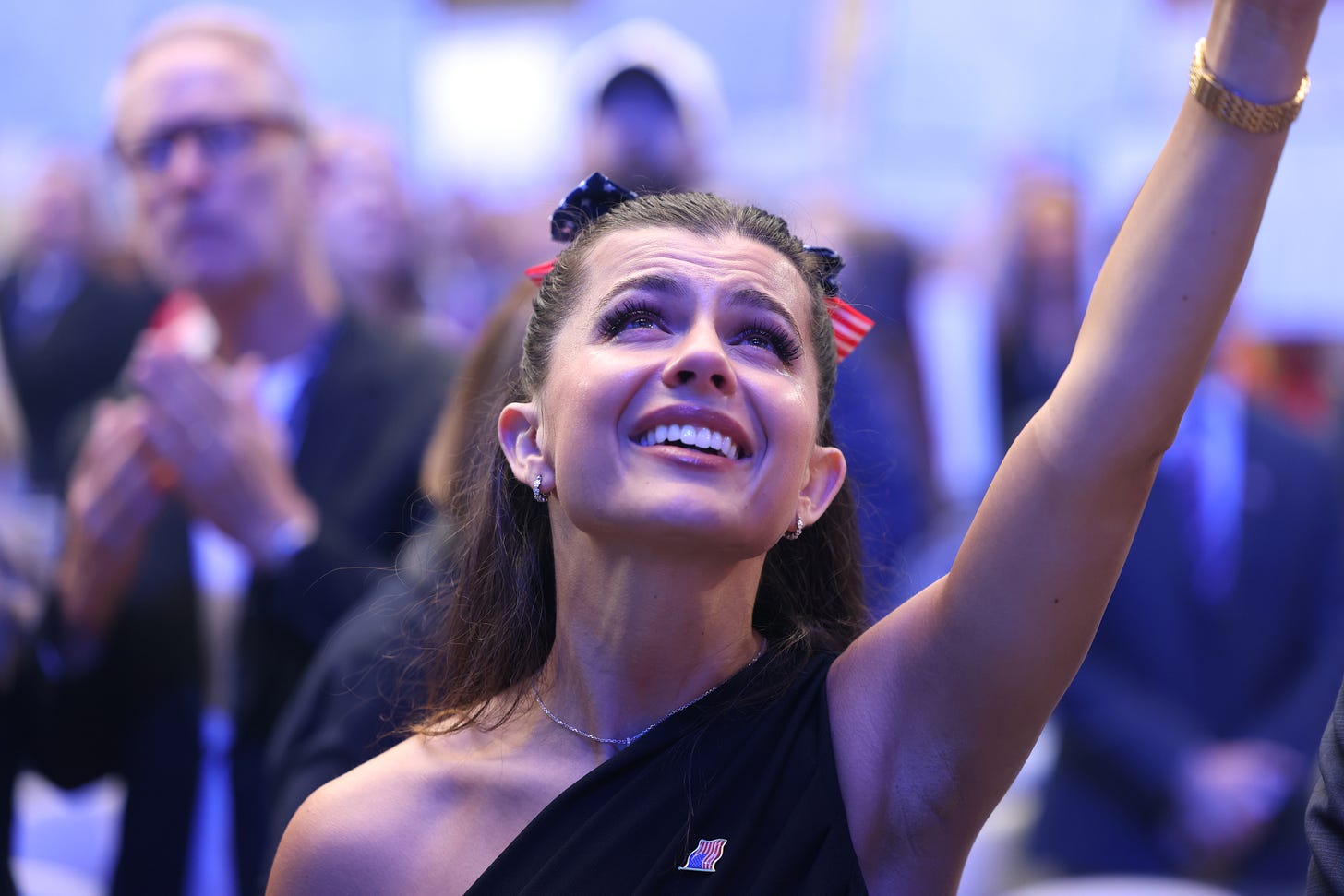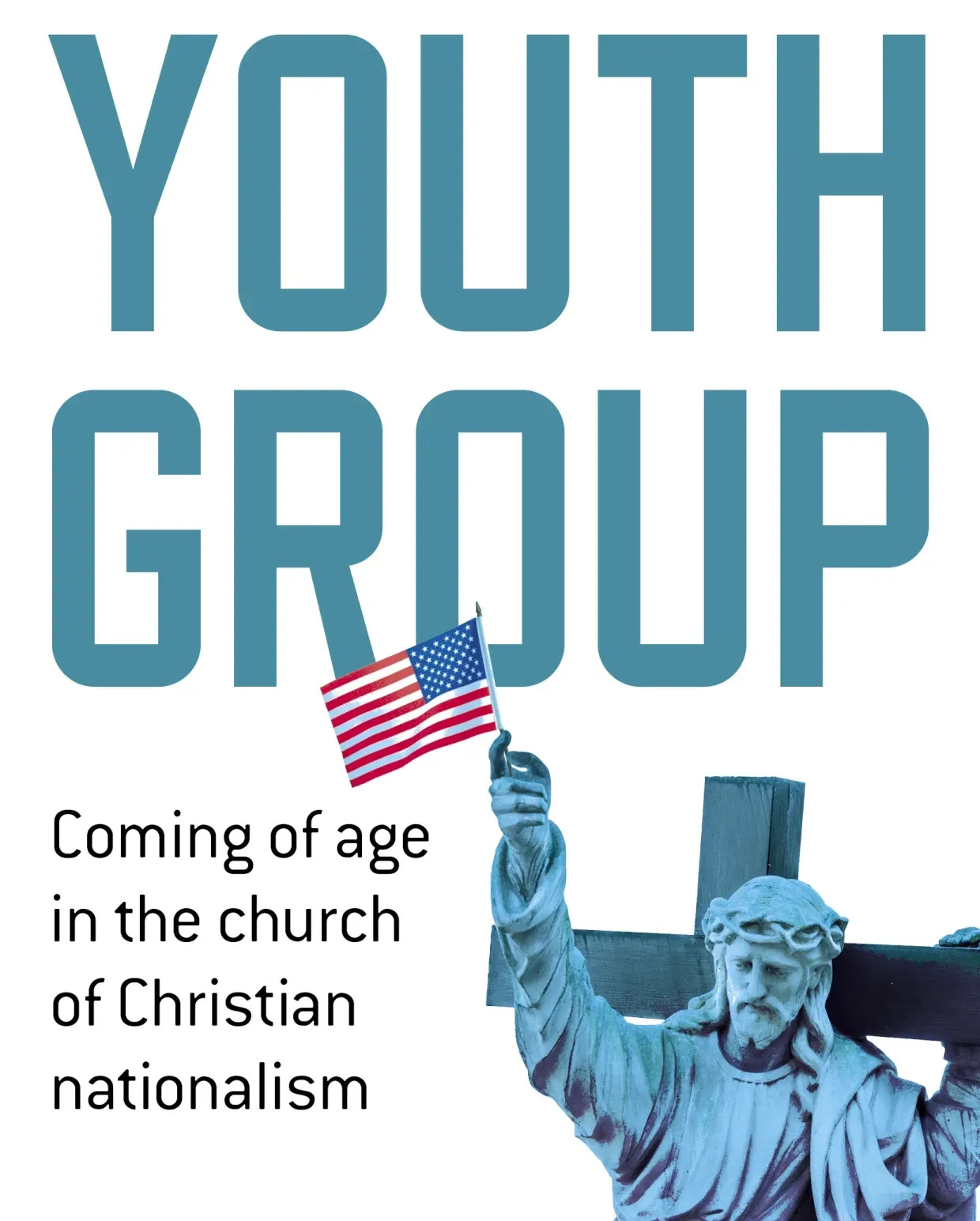The Third Great Awakening
Description

It’s easy to poke fun at American Christians right now, what with their missed raptures, pyrotechnic memorials to Potemkin martyrs, and ultra-cringeworthy social media presence. However they are getting at least one thing right. There is a religious revival in the making, a “Third Great Awakening” of sorts, happening across America, and it would be a mistake to reckon otherwise.
(Yes, some historians claim a “Third Great Awakening” already happened in the late 1850s, but whether it truly deserves that title is debated. The so-called “Fourth Great Awakening” of the 1960s to 1980s is even more uncertain. These, and all “awakenings” are scholarly labels rather than universally accepted historical periods. I use “Third” here because most people’s historical frame stops with the First and Second, since those are the only ones typically taught in high school history.)
This Third Great Awakening now underway bears a striking resemblance to the First Great Awakening of the late 18th century, a movement famously led by George Whitefield and Jonathan Edwards, and less famously (but far more theatrically) by figures like James Davenport, who went so far as to condemn clothing itself as a snare of the Devil. The Great Awakening rejected dusty ol’ book learning in favor of a more personal, revelatory relationship with God. Its adherents were called to remake society around a new moral vision rooted in the idea of American exceptionalism.
While American elites often paid lip service to the religious fervor of the time, as they did with democracy in general, they themselves, and the political, economic, and societal seats they held were maintained largely void of both. Men like Washington, Adams, and Jefferson were products of the Enlightenment and viewed this type of religious sentimentality as fine for the rubes but having no place in high society. That is where this Third Great Awakening greatly diverges.
Where the First and Second were bottom up affairs, the Third is more of an insider versus outsider, top-down endeavor. That is to say, the Christian Nationalists have a firm grip on the levers of power and are using them to force their revival upon the rest of society. It’s an awakening that marries state power to the heritage built by the first two awakenings. It is an awakening of an ascending group that, up to now, was restrained by institutional structures, feeling those fetters being lifted. It is the awakening any group feels when it is no longer bound by anything but its whimsy.
Flux is a reader-supported publication. To receive new posts and stay in touch, consider becoming a free or paid subscriber.
Once it is clear that only the out-group has to follow the rules, some of that out-group quickly convert: some of the once religiously and politically ambivalent suddenly find themselves in the pews and reposting Prager U videos. The ranks of the “faithful” swell. The revival looks self-validating. As with every American religious revival and awakening, a return to the original message of the scriptures is loudly proclaimed. Like grinding tectonic plates, Christianity’s new signs, signifiers, and roles in public life slip and tear past their old constraints and interpretations, erupting in an entirely new horst.
While it is marketed as closer to the original than anything that came before, the Christianity emerging from this Third Great Awakening is altogether new—a novel faith that rejects traditional Christian principles like empathy and compassion as traps laid by postmodern Marxists aimed to ensnare lukewarm Christians. Forgiveness, like that declared by Charlie Kirk’s widow, will be praised, but only when offered by the lady folk. The best Christians demand righteous, violent justice as God did with the Amalekites, Hittites, Girgashites, Amorites, Canaanites, Perizzites, Hivites, Jebusites, and Midianites. Christ did not come to bring peace, the verse goes. He came to bring the sword.
A shift away from the fruits of the spirit isn’t the only theological change taking place. For most of the twentieth century, premillennial pessimism dominated. The understanding was that the world would get worse and worse until Christ returned to set it right. That belief kept a certain check on grand Christian projects of social control because what good was trying to establish a truly godly society when it is foretold that any such endeavor would ultimately fail?
Now, with a movement that sees the state as a tool placed in its hand by Providence, postmillennialism is reemerging, in which the church will build the age of righteousness. Christ will return only after the church has done its work. The millennium is not something to wait for. It is something to build with executive orders, gerrymandered maps, school boards, and police powers.
What we are seeing emerge is theology of rule.
I have been sounding the klaxon on this threat for years. In 2021 I wrote this passage in my book, Youth Group: Coming of Age in the Church of Christian Nationalism, foretelling this exact revival:
America’s civic religion has managed to obfuscate the immense threat posed by Christian nationalists. If the men and women who stormed the Capitol building, resulting in at least 5 deaths, were carrying Islamic flags while shouting “Allahu Akbar,” everyone would know exactly what to call them. But when rioters hold their open palms up to heaven praising God in the evacuated chambers as a giant cross rests outside the breached gates, then suddenly everyone is confused. Ignore the countless cardboard placards with Bible verses scrawled on them. Ignore the Christian flags being waved by praying looters. Ignore that both historically






